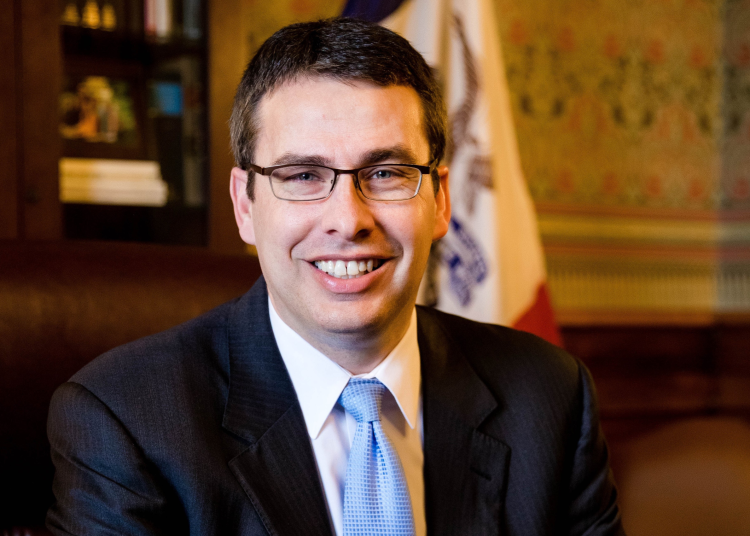Traditional public speaking training has failed.
I recently spoke with a potential client who wanted to bring me into a leadership program to improve public speaking skills in her organization.
Her next comment stopped me.
“By the way,” she said, “if we do this, we need to do it covertly. If our leadership finds out that public speaking is part of our program, I don’t think anyone will sign up.”
That was incredible but not surprising. In 20 years as a public speaking coach, fear is the most common obstacle I have seen. At times, the fear is so intense that some avoid public speaking altogether.
This is because most (not all) public speaking training perpetuates fear. As a result, it fails to support people stepping into their speaking power.
The vibe of most public speaking classes and training is usually punitive. It sounds a lot like this:
Did you use “um”? Let’s mark that on our rubric!
Was your hand gesture not at the appropriate 46-degree angle leaning away from your audience? We are going to talk about that!
Whoa! You didn’t fill out Roman numeral IX, sub-point b on your outline. Clearly, your message didn’t land!
Yes, public speaking is a science. Reducing filler words, having appropriate hand gestures, and organizing our thoughts are part of public speaking training.
And the often-ignored part of public speaking is the ART. Human beings are messy and complicated. And they are communicating messy and complicated ideas to other human beings who are also messy and complicated. We cannot land our messy ideas with messy humans using outlines and mechanical strategies alone.
If those public speaking strategies have failed you and you still live in fear of communicating your ideas, I have developed a guaranteed method to eliminate speaking anxiety: Don’t.
That’s right. Don’t eliminate speaking fear. That fear informs you that who you are and what you have to say mean something. “The Science of Stage Fright,” a short TED-Ed video, explains that speaking fears are inherent to our biology. In preparing any public speaking presentation, the best strategies recognize prices to pay when you speak publicly. Do the prices include risks like being wrong, being judged, or looking foolish?
The best speakers are willing to pay those prices. When we try to avoid these prices, we end up muting our personality and passion, not to mention boring or repelling the audience.
Instead of letting fears run the show, it is better to transform your fears into fuel through these simple speaking mindsets:
Know yourself — Great speaking is knowing who you are. The more you invest in personal development, the more confident you will be.
Show yourself — Do you speak in puns? Do you love to dig into the data? Do you thrive in Q & A sessions? Whatever your personality is, let it shine.
Reflect on yourself — Find a method to evaluate what went well and find people who will give you honest and constructive feedback on your performance.
Again, these are not traditional public speaking strategies. Instead, they are a mix of the science of speaking, the art of storytelling, and the psychology of emotional intelligence. When we mix all three in communication training, we transform our fear into fuel to be genuinely seen and heard.
And that’s how we can be confident, powerful, and joyful in our communication and our communication training.
And we don’t even need to be covert about it.
Erik Dominguez is a professional speaker and communication coach. He recently won the Girl Scouts of Iowa Inspiring Women of Iowa Advocate award. speakupstories.com




